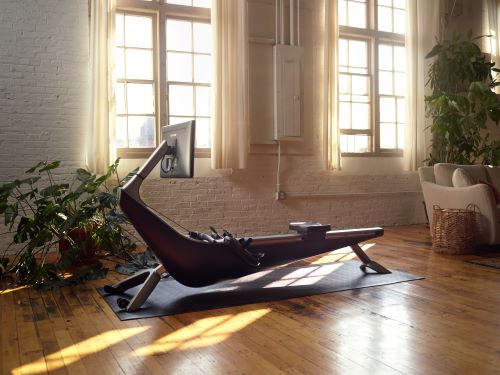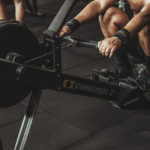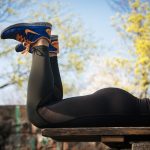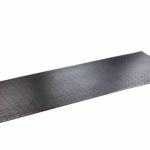Contents
There are some complex twists that prevent this question from having a clear-cut yes or no answer.
Although rowing itself does not cause hip pain, inadequate stretching and failing to address hip flexors can cause hip pain, especially while rowing. In this article, we’ll get into more detail about rowing and whether the problems associated with it specifically hip pain.
What is the relationship between rowing and hip pain?
One of the main problems with activities such as rowing is that most of the time is spent while sitting. Therefore, if you don’t make an effort to flex and loosen your tight hip flexors, then you’ll experience common problems such as SHS (Snapping Hip syndrome).
Snapping Hip Syndrome is mainly characterized by a snapping sensation or sound while rowing. There is external SHS and internal SHS. Although snapping hip syndrome does not always cause pain, it can be an annoying problem to most rowing enthusiasts.
The most common hip injury is to the rectus femoris, which is located at the front of your thigh. This muscle is mainly tasked with helping bring the knees towards the chest. Therefore, there’s no doubt that a lack of stretching exercises or overuse of the rectus femoris can eventually cause hip pain.
Prevention of SHS revolves around strengthening and proper care of muscles involved including the hip flexors to prevent hip flexor tightness.
How hip flexor tightness affects rowing
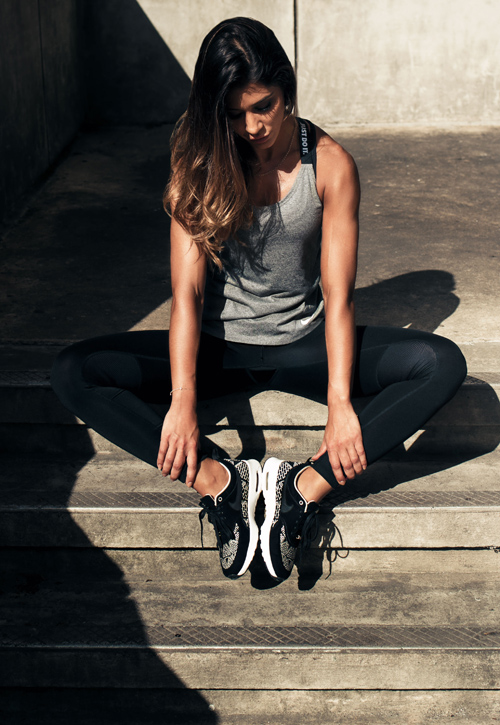 The hip flexors mainly refer to the TFL (tensor fasciae latae), the rectus femoris, as well as the iliopsoas and psoas tendon. The rectus femoris is the main muscle involved in the quadriceps while rowing.
The hip flexors mainly refer to the TFL (tensor fasciae latae), the rectus femoris, as well as the iliopsoas and psoas tendon. The rectus femoris is the main muscle involved in the quadriceps while rowing.
This two-joint muscle connects both the hip joint and the knee joint. This is why it’s particularly important to stretch properly before rowing to prevent your connective tissue and muscles from becoming tight.
Is bursitis the same as hip flexor tightness?
Be careful not to confuse bursitis with hip flexor tightness. Bursitis occurs due to inflammation of the bursa sac. Bursitis hurts with nearly every movement of your hip, including simple activities such as bending over for a few seconds. However, hip flexor problems usually cause a burning sensation or ache around the top of the hip after using the rowing machine for about 15 minutes.
Causes of Hip Flexor Pain
Some rowers have tight hip flexor muscles. However, for people who incorporate other exercises into their workout routines or those who play other sports, practicing provides a break from their daily lifestyle of sitting at their desks or at school, sitting at home, and sitting in a car. If rowing is your only exercise activity, practicing means even more sitting.
Rowing emphasizes maximizing engagement of the quadriceps without utilizing the gluteal muscles as much. The rectus femoris, which is the primary muscle of the quadriceps, is also one of the main hip flexors while the glutes are the opposite-acting, or antagonist, hip extensors.
Moreover, other hip flexor muscles like the TFL (tensor fascia lata), psoas, and the iliacus are constantly involved while rowing and working to maintain body angle, stay balanced, and retain upright posture on the recovery. Chronic hip pain is mainly caused by chronically tight hip flexors.
Prevention of hip pain mainly revolves around manual therapy for the quadriceps and hip flexors, strength training in addition to stretching for the glutes, and unilateral exercise for the muscles of the legs and hips.
- Warming up
Just like in most sporting activities, you should perform a proper warm-up to prevent muscular injuries. Create a comprehensive lower-body warm-up that includes exercises to activate your glute muscles and activate the hip flexor muscles before you get into a seated position. Warming-up is good for rowing performance as well as for injury prevention, as warm muscles perform better than cold muscles.
- Strength training
Just like when training for performance, the focus of developing and strengthening the muscles of the lower body and the hip such as the dead-lift (Romanian dead-lift) and squat will remain the same.
The dead-lift and squat are important because they help develop the glutes, hamstrings, quadriceps, and finer pelvic muscles in coordinated motion, not separately like leg curls and leg extensions. Such exercises are important for muscle development and carryover to the main exercise such as rowing.
- Self-massage and stretching therapy
Focus on groin muscles, quadriceps, and hip flexor muscles. Stretch for two bouts of 10 minutes per day. Consider the time it would take to offset the entire time spent sitting and the amount of time it would take to offset that. A good way to fit in would be a 10 minute warm-up in the evening with some hip flexor stretching exercises in the morning and about of specific hip flexor stretching and rolling in the evening.
Tight hip flexor muscles are not just bad for snapping hip syndrome, they are bad for your rowing technique. Moreover, if hip tightness pulls the hip into anterior tilt, maintaining an upright posture will be difficult forcing you to round your back. Clearing up the tightness of the hip flexor muscles helps you engage your core and sit upright, and you’ll no longer have reach problems.
Missing practice can be frustrating, but hip injury can cause many frustrating sessions and a lot of missed exercise time. Sometimes you may be forced to take some time off to stretch, massage, and heal the inflammation before you resume training. It may take even longer for the symptoms to completely disappear.
The bottom-line
The hip flexor muscles are particularly important muscles for rowing. Since rowing is a unique sport that is performed while seated, specific information regarding injury prevention is quite scanty. If you don’t make an effort to exercise and loosen your tight hip flexor muscles, you’ll experience hip pain, especially while rowing.
Rowing is not bad for the hips. However, sitting around for extended periods of time can cause tightness in the hip flexor muscles as any physician will tell you. Work on proper posture and form while performing the strokes.
It’s also important to incorporate exercises such as strength training, foam rolling, and stretching into your overall workout routine to prevent hip pain.
